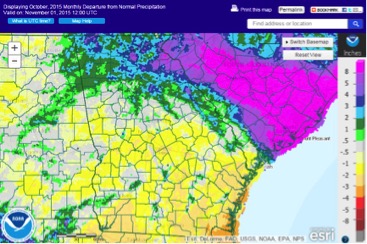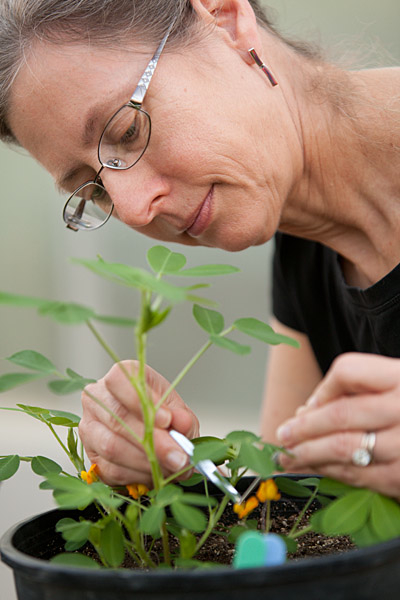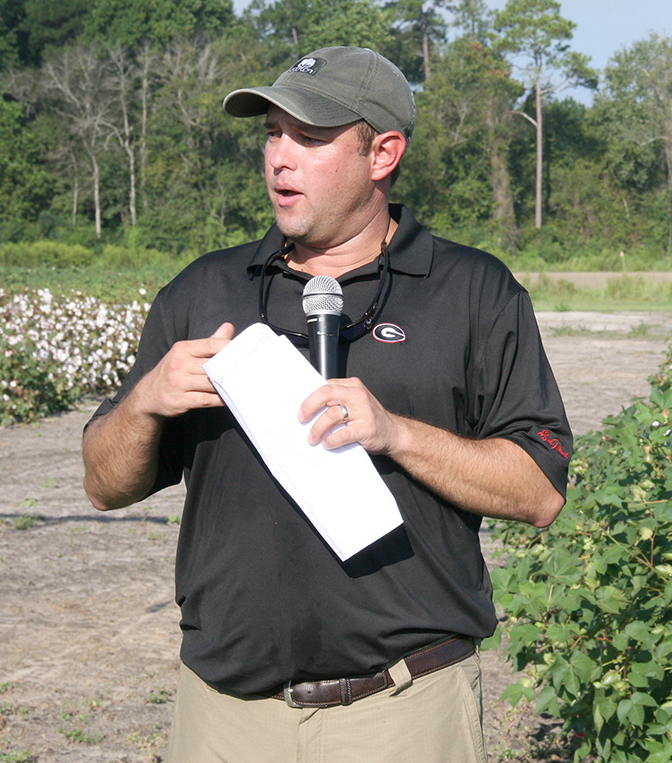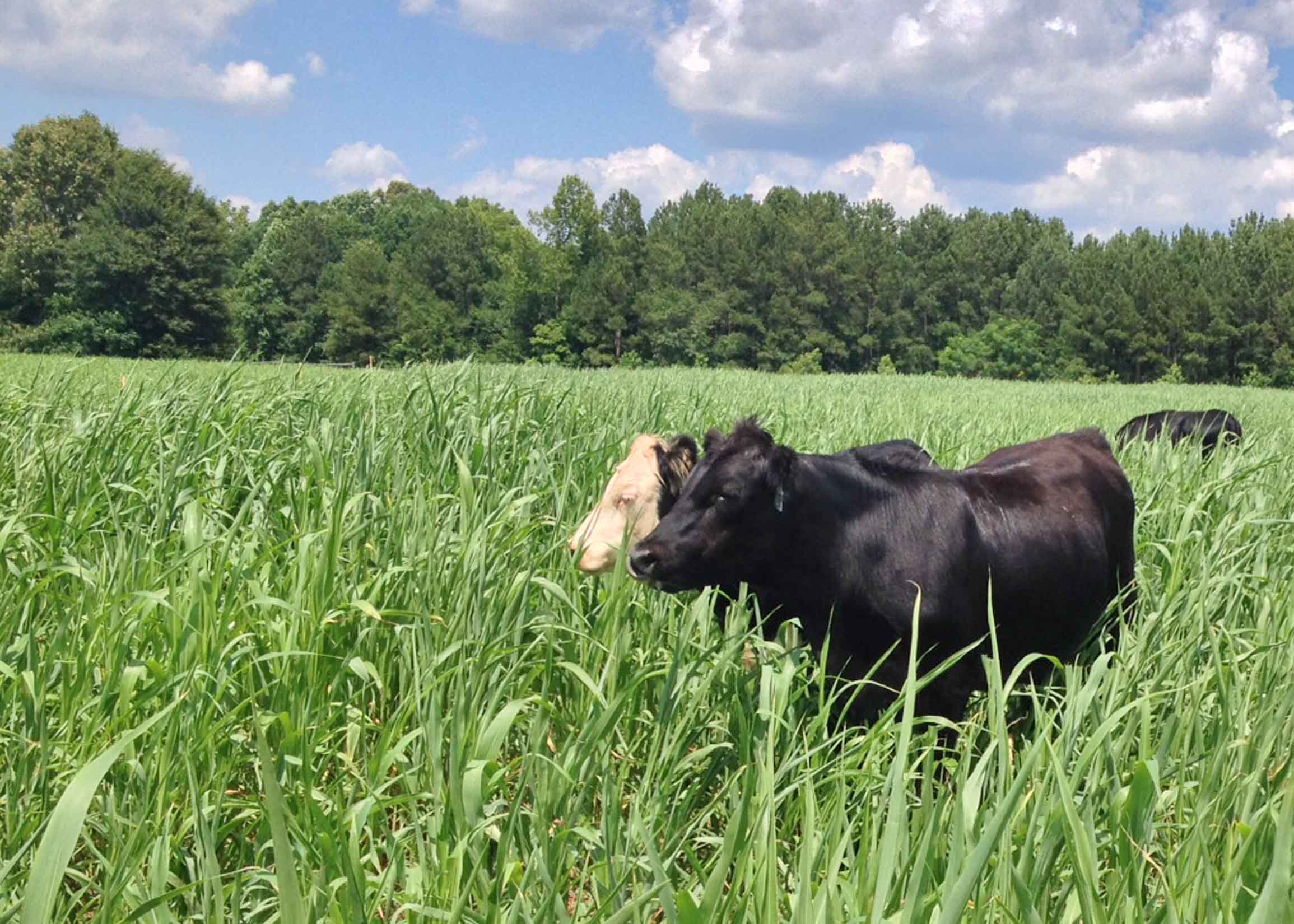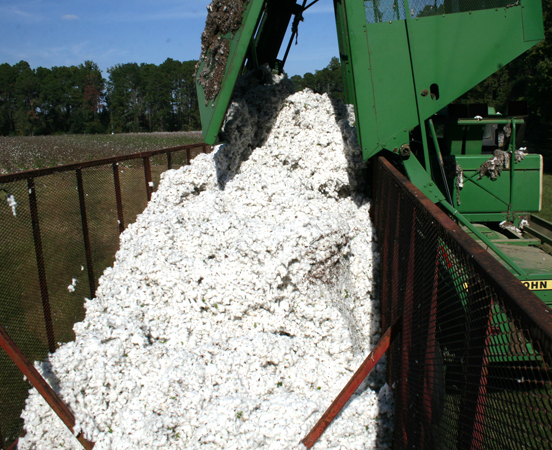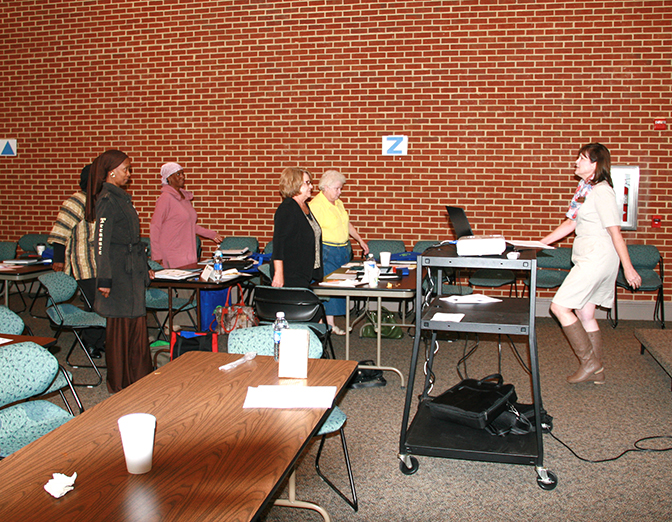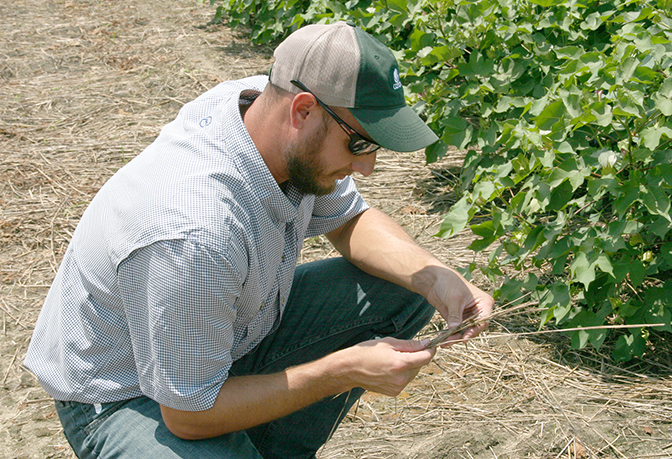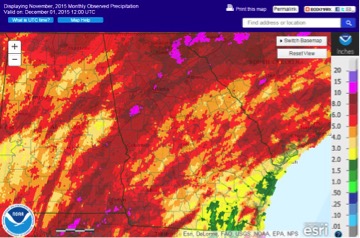 CAES News
CAES News
November Rains
November 2015 was one of the 10 wettest, warmest Novembers on record for Georgia. Some areas of the state received as much as 10 inches more rain than is normal, and temperatures were generally 3 to 7 degrees above normal.

